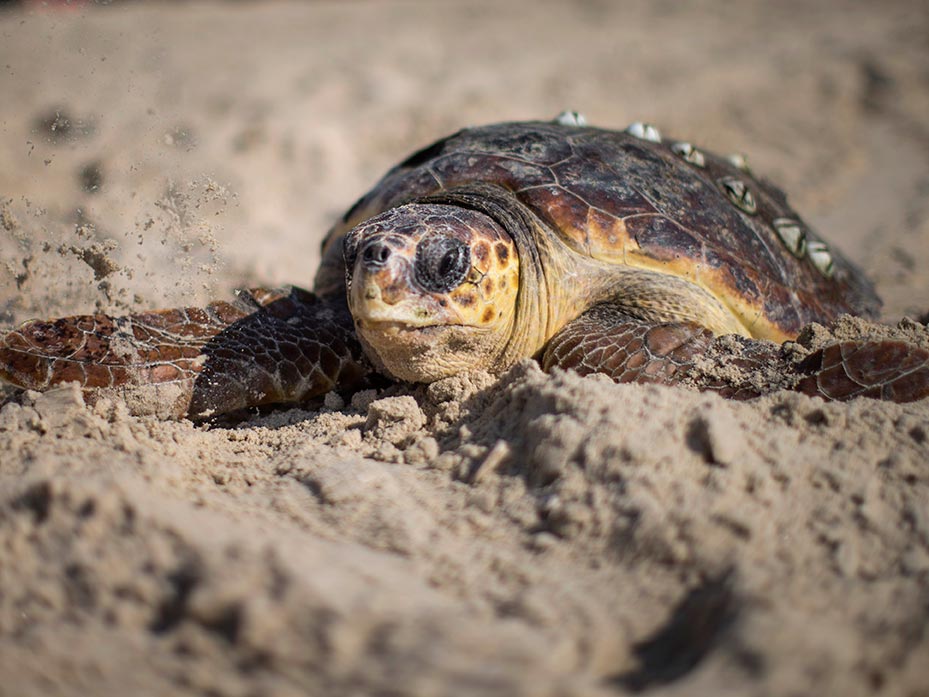Green sea turtles in Florida and Mexico are no longer endangered
'This will help up protect and conserve green sea turtles more efficiently and effectively, so that we can achieve our goal of recovering the species'

Your support helps us to tell the story
From reproductive rights to climate change to Big Tech, The Independent is on the ground when the story is developing. Whether it's investigating the financials of Elon Musk's pro-Trump PAC or producing our latest documentary, 'The A Word', which shines a light on the American women fighting for reproductive rights, we know how important it is to parse out the facts from the messaging.
At such a critical moment in US history, we need reporters on the ground. Your donation allows us to keep sending journalists to speak to both sides of the story.
The Independent is trusted by Americans across the entire political spectrum. And unlike many other quality news outlets, we choose not to lock Americans out of our reporting and analysis with paywalls. We believe quality journalism should be available to everyone, paid for by those who can afford it.
Your support makes all the difference.Some green sea turtles are no longer classed as endangered under the Endangered Species Act thanks to successful conservation efforts.
National Oceanic and Atmospheric Administration (NOAA) Fisheries and the US Fish and Wildlife Service have reclassified the turtles from the breeding populations in Florida and the Pacific coast of Mexico from an endangered status to a threatened status.
“Successful conservation and management efforts developed in Florida and along the Pacific coast of Mexico are a roadmap for further recovery strategies of green turtle populations around the world," said Eileen Sobeck, the assistant NOAA administrator for fisheries, in a statement.
But green sea turtles are still faced with a number of threats including being caught accidentally in fishing nets, habitat alteration and disease.
Now, both agencies will divide the global turtle population into 11 segments to make way for tailored conservation. Of the segments, three will be reclassified as endangered and the rest as threatened.
Ms Sobeck said: “Ultimately, this will help up protect and conserve green sea turtles more efficiently and effectively, so that we can achieve our goal of recovering the species.”
Dan Ashe, the Fish and Wildlife Service director, said: “While threats remain for green sea turtles globally, the reclassification of green sea turtles in Florida and Mexico shows how ESA-inspired partnerships between the federal agencies, states, NGOs and even countries is making a real difference for some of our planet’s most imperiled species.”
Catherine Kilduff of the Center for Biological Diversity said the recovery of the turtles and their ability to "overcome illegal harvest, plastic pollution and warming waters" was a testament to their resilience.
Since 1978, green turtles have been protected under the Endangered Species Act.
According to the National Wildlife Federation, green sea turtles can grow to four feet long and live up to 100 years.
Join our commenting forum
Join thought-provoking conversations, follow other Independent readers and see their replies
Comments